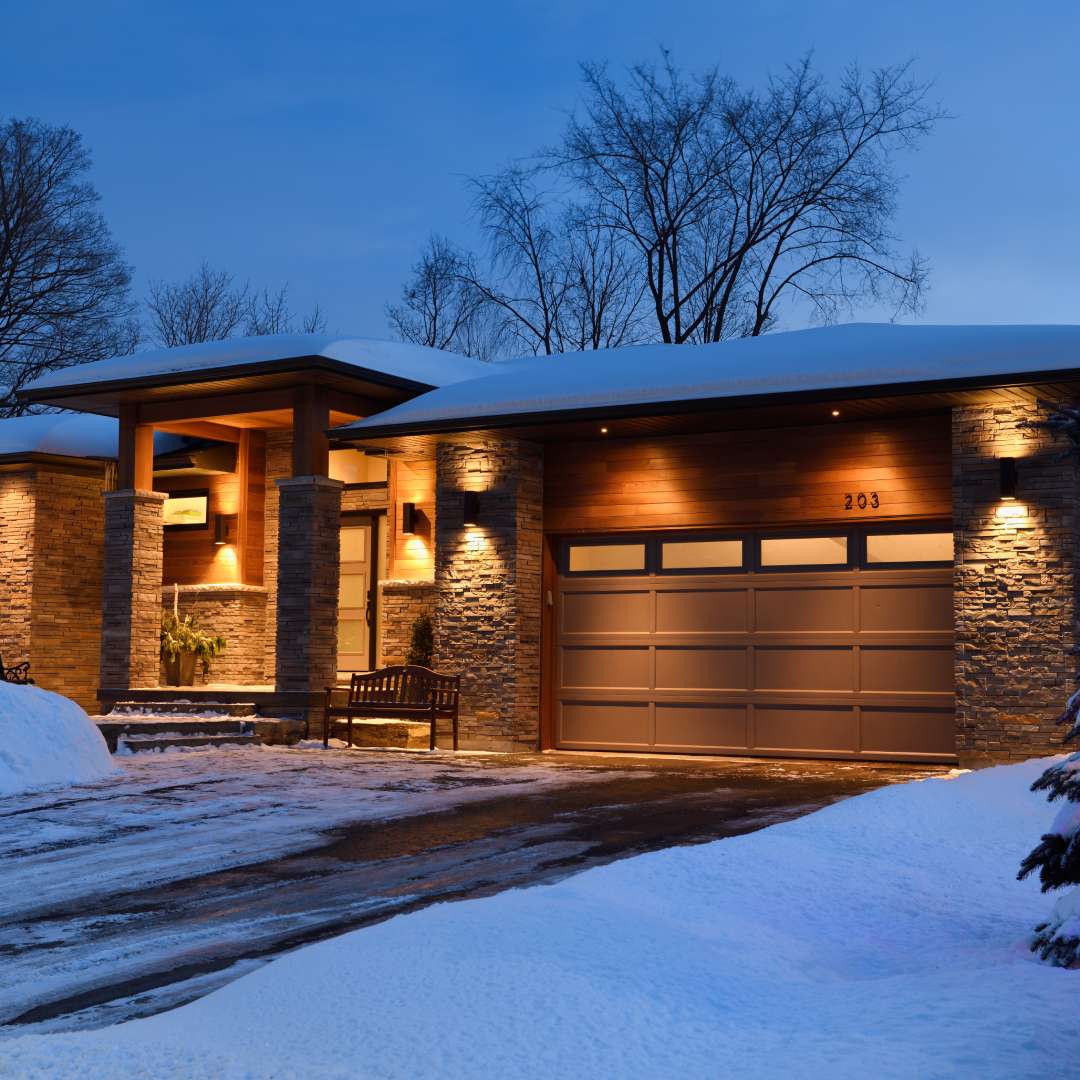Is your garage ready to face the cold? Preparing your garage for winter weather and cold temperatures contributes to a more energy-efficient home. You can transform your garage into a winter-ready space with a few practical steps.
Start With an Inspection
Begin by thoroughly inspecting your garage. Look for cracks or gaps around doors, windows, and walls that could allow cold air, moisture, or pests to enter. Sealing gaps with weatherstripping or caulk will help to maintain a stable temperature inside the garage and prevent drafts from entering.
Organize and Declutter
A cluttered garage can make it difficult to access the items you need. Take this opportunity to organize and declutter. Remove any unnecessary items, and only store the essentials.
Use durable storage solutions, such as shelving units or wall-mounted racks, to keep tools, snow removal equipment, and other winter necessities accessible. Keeping the garage tidy improves convenience and reduces the risk of accidents or damage to your belongings.
Insulate for Energy Efficiency
Insulation helps to regulate the temperature inside the garage, preventing it from becoming too cold. Insulating your garage is especially important if it’s attached to your home, as it can affect your home’s overall energy efficiency.
When deciding how to prepare your garage for the winter, focus on insulating the walls, ceiling, and garage door to create a barrier against the cold. Not only will this keep the garage warmer, but it will also reduce energy costs by preventing heat loss.
Prepare Your Garage Door
The garage door is a major entry point for cold air. Make sure that it is in good working condition by checking the seals, springs, and tracks. If the door doesn’t close tightly, cold air can seep in and cause the temperature inside to drop.
Replace worn-out seals and lubricate the moving parts to keep the door functioning smoothly throughout the winter. Additionally, consider installing a garage door insulation kit for extra protection against the cold.
Protect Your Vehicles and Equipment
If you don’t protect your vehicles and equipment in the garage, winter weather can take a toll. When storing a classic car during winter, for example, take the necessary steps to shield it from the harsh winter conditions. Cover it with a breathable car cover that allows moisture to escape while keeping dust and debris off the surface.
Maintain Good Ventilation
While keeping the cold out is important, ventilation is equally crucial in your garage during the winter months. Adequate ventilation prevents moisture buildup, which can lead to mold and mildew growth. Install a ventilation system or use a dehumidifier to maintain humidity in your garage.
Switch to LED Lighting
Winter days are short, depending on where you live, so you’ll rely on artificial lighting in your garage. Consider switching to LEDs, which are more energy-efficient and have a longer lifespan than traditional bulbs. They also perform better in cold temperatures, ensuring your garage is well-lit throughout the winter. A simple switch can reduce energy consumption, making your property more sustainable.

